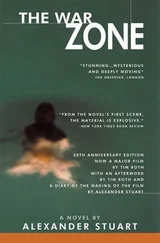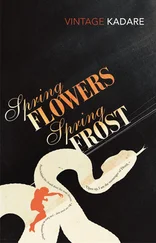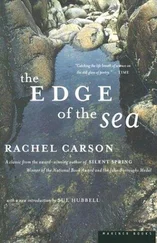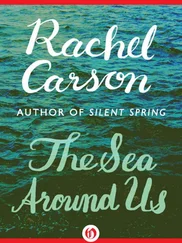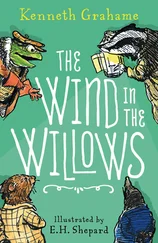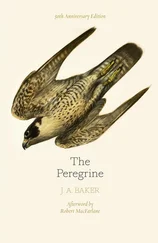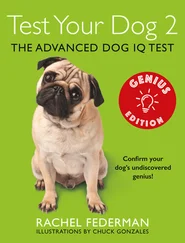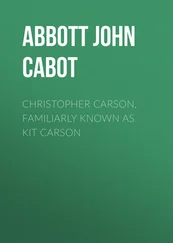These invasions, both the naturally occurring and those dependent on human assistance, are likely to continue indefinitely. Quarantine and massive chemical campaigns are only extremely expensive ways of buying time. We are faced, according to Dr. Elton, “with a life-and-death need not just to find new technological means of suppressing this plant or that animal"; instead we need the basic knowledge of animal populations and their relations to their surroundings that will “promote an even balance and damp down the explosive power of outbreaks and new invasions.”
Much of the necessary knowledge is now available but we do not use it. We train ecologists in our universities and even employ them in our governmental agencies but we seldom take their advice. We allow the chemical death rain to fall as though there were no alternative, whereas in fact there are many, and our ingenuity could soon discover many more if given opportunity.
Have we fallen into a mesmerized state that makes us accept as inevitable that which is inferior or detrimental, as though having lost the will or the vision to demand that which is good? Such thinking, in the words of the ecologist Paul Shepard, “idealizes life with only its head out of water, inches above the limits of toleration of the corruption of its own environment … Why should we tolerate a diet of weak poisons, a home in insipid surroundings, a circle of acquaintances who are not quite our enemies, the noise of motors with just enough relief to prevent insanity? Who would want to live in a world which is just not quite fatal?”
Yet such a world is pressed upon us. The crusade to create a chemically sterile, insect-free world seems to have engendered a fanatic zeal on the part of many specialists and most of the so-called control agencies. On every hand there is evidence that those engaged in spraying operations exercise a ruthless power. “The regulatory entomologists … function as prosecutor, judge and jury, tax assessor and collector and sheriff to enforce their own orders,” said Connecticut entomologist Neely Turner. The most flagrant abuses go unchecked in both state and federal agencies.
It is not my contention that chemical insecticides must never be used. I do contend that we have put poisonous and biologically potent chemicals indiscriminately into the hands of persons largely or wholly ignorant of their potentials for harm. We have subjected enormous numbers of people to contact with these poisons, without their consent and often without their knowledge. If the Bill of Rights contains no guarantee that a citizen shall be secure against lethal poisons distributed either by private individuals or by public officials, it is surely only because our forefathers, despite their considerable wisdom and foresight, could conceive of no such problem.
I contend, furthermore, that we have allowed these chemicals to be used with little 01 no advance investigation of their effect on soil, water, wildlife, and man himself. Future generations are unlikely to condone our lack of prudent concern for the integrity of the natural world that supports all life.
There is still very limited awareness of the nature of the threat. This is an era of specialists, each of whom sees his own problem and is unaware of or intolerant of the larger frame into which it fits. It is also an era dominated by industry, in which the right to make a dollar at whatever cost is seldom challenged. When the public protests, confronted with some obvious evidence of damaging results of pesticide applications, it is fed little tranquilizing pills of half truth. We urgently need an end to these false assurances, to the sugar coating of unpalatable facts. It is the public that is being asked to assume the risks that the insect controllers calculate. The public must decide whether it wishes to continue on the present road, and it can do so only when in full possession of the facts. In the words of Jean Rostand, “The obligation to endure gives us the right to know.”
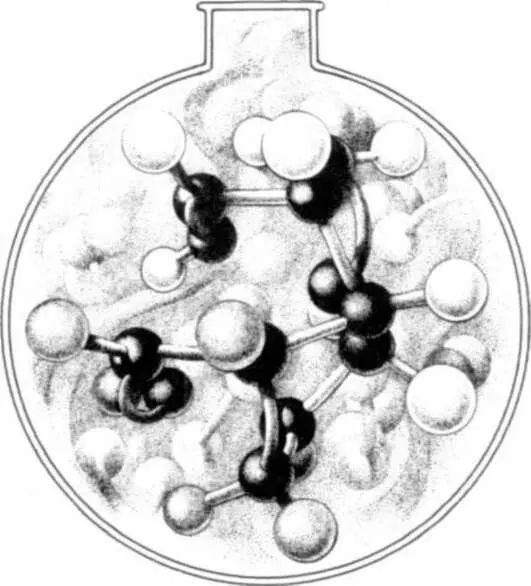
FOR THE FIRST TIME in the history of the world, every human being is now subjected to contact with dangerous chemicals, from the moment of conception until death. In the less than two decades of their use, the synthetic pesticides have been so thoroughly distributed throughout the animate and inanimate world that they occur virtually everywhere. They have been recovered from most of the major river systems and even from streams of groundwater flowing unseen through the earth. Residues of these chemicals linger in soil to which they may have been applied a dozen years before. They have entered and lodged in the bodies of fish, birds, reptiles, and domestic and wild animals so universally that scientists carrying on animal experiments find it almost impossible to locate subjects free from such contamination. They have been found in fish in remote mountain lakes, in earthworms burrowing in soil, in the eggs of birds—and in man himself. For these chemicals are now stored in the bodies of the vast majority of human beings, regardless of age. They occur in the mother’s milk, and probably in the tissues of the unborn child.
All this has come about because of the sudden rise and prodigious growth of an industry for the production of man-made or synthetic chemicals with insecticidal properties. This industry is a child of the Second World War. In the course of developing agents of chemical warfare, some of the chemicals created in the laboratory were found to be lethal to insects. The discovery did not come by chance: insects were widely used to test chemicals as agents of death for man.
The result has been a seemingly endless stream of synthetic insecticides. In being man-made—by ingenious laboratory manipulation of the molecules, substituting atoms, altering their arrangement—they differ sharply from the simpler insecticides of prewar days. These were derived from naturally occurring minerals and plant products—compounds of arsenic, copper, lead, manganese, zinc, and other minerals, pyrethrum from the dried flowers of chrysanthemums, nicotine sulphate from some of the relatives of tobacco, and rotenone from leguminous plants of the East Indies.
What sets the new synthetic insecticides apart is their enormous biological potency. They have immense power not merely to poison but to enter into the most vital processes of the body and change them in sinister and often deadly ways. Thus, as we shall see, they destroy the very enzymes whose function is to protect the body from harm, they block the oxidation processes from which the body receives its energy, they prevent the normal functioning of various organs, and they may initiate in certain cells the slow and irreversible change that leads to malignancy.
Yet new and more deadly chemicals are added to the list each year and new uses are devised so that contact with these materials has become practically worldwide. The production of synthetic pesticides in the United States soared from 124,- 259,000 pounds in 1947 to 637,666,000 pounds in 1960—more than a fivefold increase. The wholesale value of these products was well over a quarter of a billion dollars. But in the plans and hopes of the industry this enormous production is only a beginning.
A Who’s Who of pesticides is therefore of concern to us all. If we are going to live so intimately with these chemicals—eating and drinking them, taking them into the very marrow of our bones—we had better know something about their nature and their power.
Although the Second World War marked a turning away from inorganic chemicals as pesticides into the wonder world of the carbon molecule, a few of the old materials persist. Chief among these is arsenic, which is still the basic ingredient in a variety of weed and insect killers. Arsenic is a highly toxic mineral occurring widely in association with the ores of various metals, and in very small amounts in volcanoes, in the sea, and in spring water. Its relations to man are varied and historic. Since many of its compounds are tasteless, it has been a favorite agent of homicide from long before the time of the Borgias to the present. Arsenic is present in English chimney soot and along with certain aromatic hydrocarbons is considered responsible for the carcinogenic (or cancer-causing) action of the soot, which was recognized nearly two centuries ago by an English physician. Epidemics of chronic arsenical poisoning involving whole populations over long periods are on record. Arsenic-contaminated environments have also caused sickness and death among horses, cows, goats, pigs, deer, fishes, and bees; despite this record arsenical sprays and dusts are widely used. In the arsenic-sprayed cotton country of southern United States beekeeping as an industry has nearly died out. Farmers using arsenic dusts over long periods have been afflicted with chronic arsenic poisoning; livestock have been poisoned by crop sprays or weed killers containing arsenic. Drifting arsenic dusts from blueberry lands have spread over neighboring farms, contaminating streams, fatally poisoning bees and cows, and causing human illness. “It is scarcely possible … to handle arsenicals with more utter disregard of the general health than that which has been practiced in our country in recent years,” said Dr. W. C. Hueper, of the National Cancer Institute, an authority on environmental cancer. “Anyone who has watched the dusters and sprayers of arsenical insecticides at work must have been impressed by the almost supreme carelessness with which the poisonous substances are dispensed.”
Читать дальше


